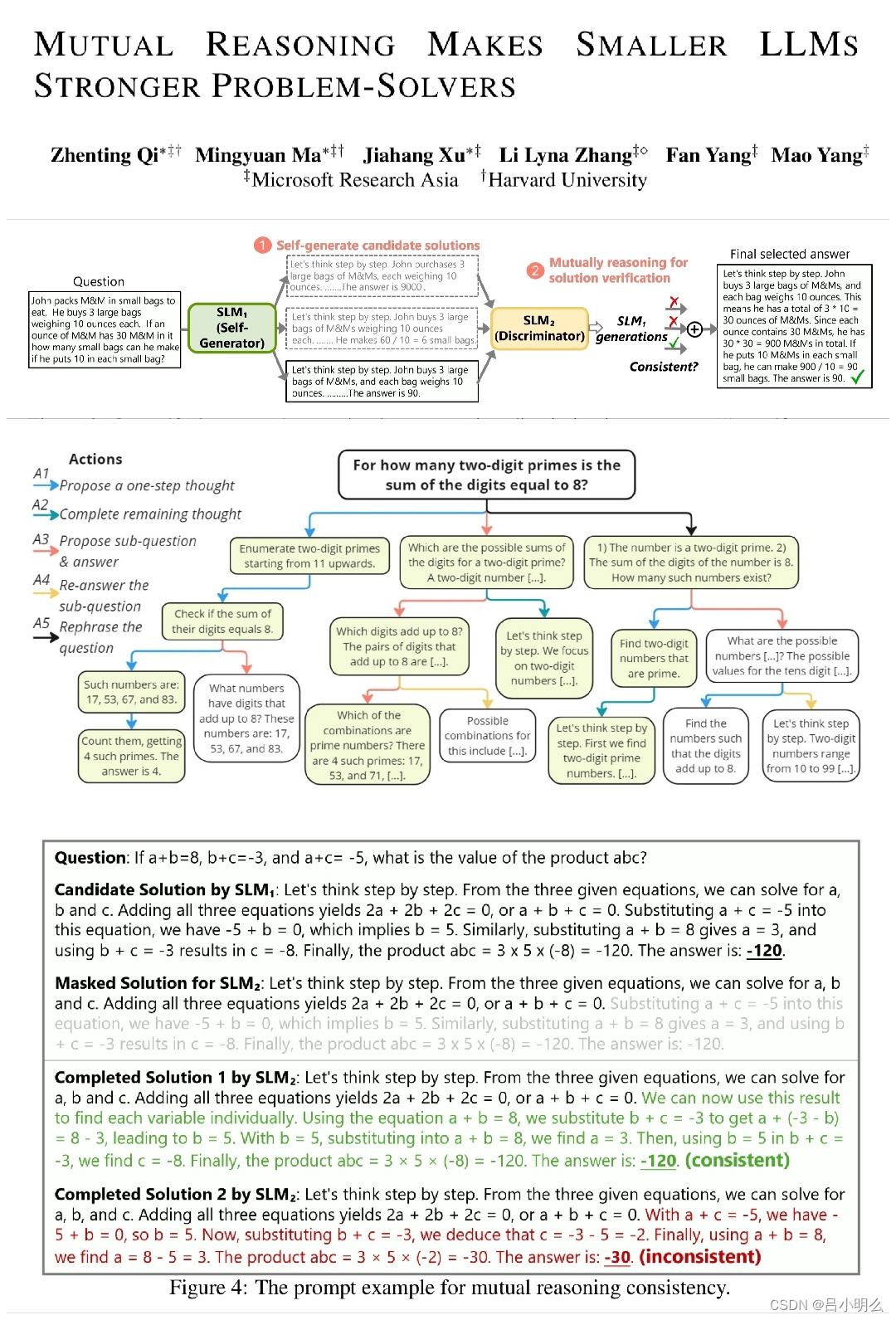《深入浅出WPF》读书笔记.7依赖属性和附加属性
背景
总结一下wpf依赖属性和附加属性的底层逻辑,方便更好的理解使用。
属性
CLR属性由来
static属性和非static属性的区别
static属性:对类有意义,内存只有一个实例;
非static属性:对类实例有意义,每个类实例类都有一个实例;
CLR属性的演变
>字段

>>字段+get set方法

>>>属性

CLR属性不会增加内存损耗

依赖属性
依赖属性在使用数据时才会分配空间


DependencyObject的参数属性
public string NameProperty
{
get { return (string)GetValue(NamePropertyProperty); }
set { SetValue(NamePropertyProperty, value); }
}
// Using a DependencyProperty as the backing store for NameProperty. This enables animation, styling, binding, etc...
public static readonly DependencyProperty NamePropertyProperty =
DependencyProperty.Register("NameProperty", typeof(string), typeof(Student), new PropertyMetadata(0));
👆包装器> DependencyProperty.Register("NameProperty", typeof(string), typeof(Student), new PropertyMetadata(0));

依赖属性的存取机制
DependencyObject中存在一个HashTable,用于注册DependencyObject实例,Register的源码中
的FromNameKey用于注册hashtable,key由NameProperty属性和typeof(owner)属性异或获得,
此key用于获取dependency属性。而denpency属性的实例则由GlobalIndex在依赖属性中获取


getvalue源码


依赖属性读取优先级

setvalue

附加属性
附加属性是一种特殊的依赖属性,globalindex的取值数组存储在附加对象中。

这一章是基础知识,面试可能会问,其余问题不大。原理性的东西,大家有个概念就可以。



















